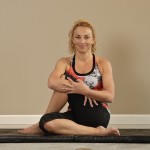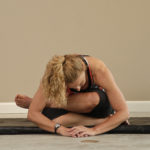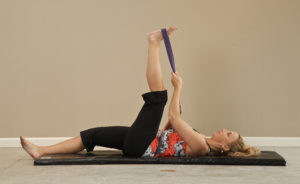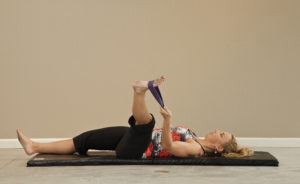Stretch For Your Health
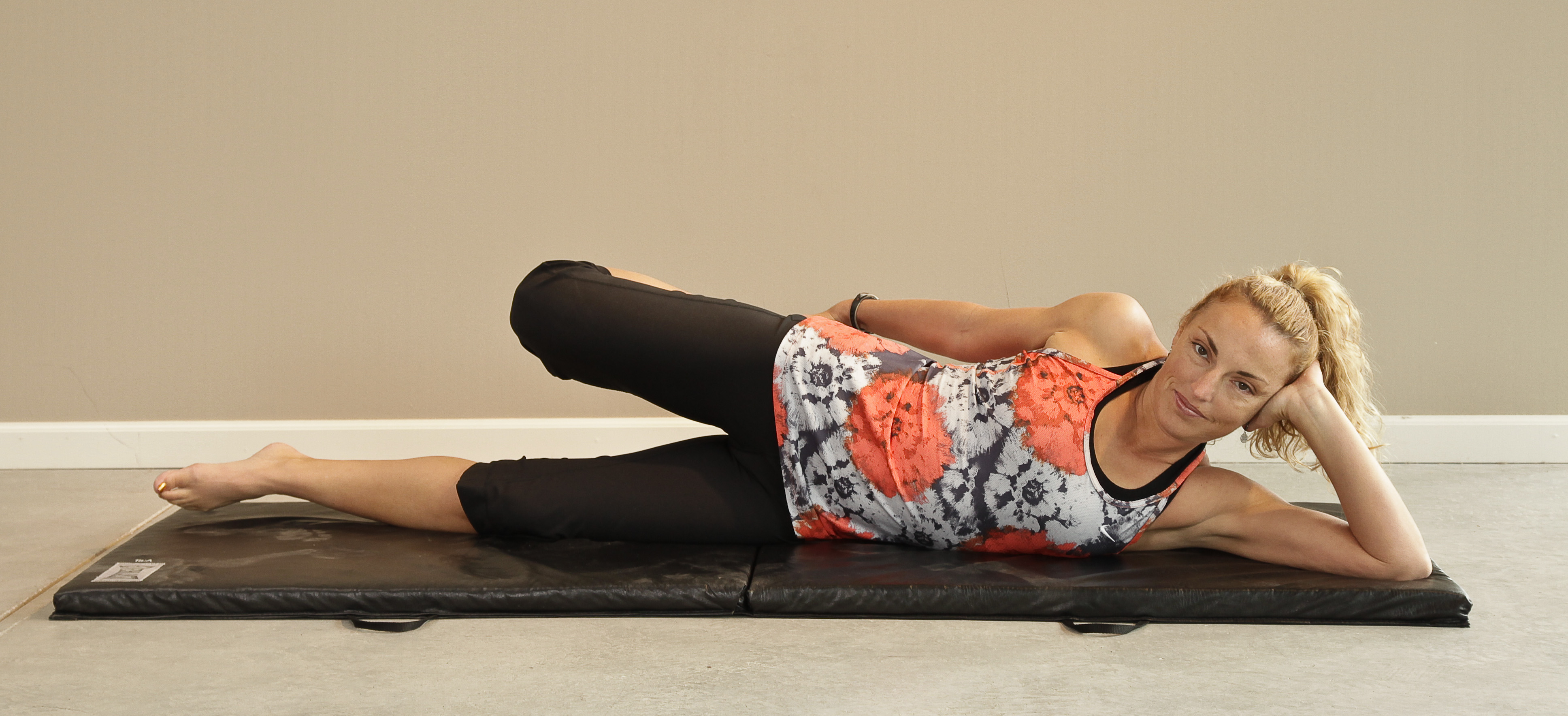
As we age, our connective tissue becomes more tight and rigid. So, if we’re already tight, this is going to affect our posture, alignment and risk for injury. Add to this the fact that stretching is the most neglected component of fitness and we’ve got a problem.
You see, most people either don’t stretch correctly, don’t stretch long enough or skip it all together. People often focus on cardio and muscle conditioning, but forget how important stretching is.
Unfortunately, the stretching-culprits are always those people who need it the most. The people who take the time to stretch are usually the ones who are really good at it. You can always find them in the front of a yoga class in a full straddle position with their chest to the floor or in an all-out hamstring stretch with their leg positioned almost behind their head! These stretching-enthusiasts enjoy their stretching sessions because it feels so good to them.
But, for people who are tight, stretching is usually a painful experience. Their muscles shake and they usually can’t wait to release the stretch. It’s easy to see why stretching is eliminated from their workout.
However, when you examine the list of benefits associated with stretching, if you’re not stretching now, it should make you want to start.
Stretching Benefits
An increase in range of motion
Improvement in mobility
Reduction of low back pain and injury
Decrease in the incidence and severity of injury
Improvement in posture and muscle symmetry
Reduction in muscle stiffness and soreness
Promotion of mental relaxation
An opportunity for spiritual growth, meditation and self-evaluation
It’s important to note that the warm-up and stretching portion of your workouts should not be confused.
The Warm-Up….
…is physical activity that increases the temperature of the blood, muscles, tendons, and ligaments. The goal of a warmup is to prepare the body’s freely moveable joint structures for vigorous physical activity while reducing the risk of injury. This segment, approximately 5-10 minutes in length, can include activities like low intensity movements, walking, or stationary cycling and should be intense enough to increase body temperature, but not so demanding as to lead to fatigue.
Stretching Exercises…..
...increase range of motion, are best presented after the completion of your cardio or muscle workout. The temperature of the soft tissues is elevated, making the end of a workout the best time for increasing flexibility. If you are just participating in a stretching or yoga class, it’s still a good idea to spend some time warming up and going through gentle range of motion before you begin deep stretching.
Focus on Your Breath
It’s also important that you focus on your breathing during each stretch. Try to breath slowly and deeply through the stretch and on each exhale try to extend the stretch a little further. Your goal should be to stretch to the point of light tension – you should never feel pain or a ‘shaking’ sensation in your muscles – back off on the stretch if you do.
Here’s a few of my favorite post-workout stretches:
Lunge Stretch
Position one foot forward with your knee over your ankle and place the other leg behind with your knee resting on a mat. Position yourself with the back leg extended behind as much as possible so you can feel the stretch in the front of the same hip. Focus on pressing the hip forward.
Pretzel Stretch
Sit with legs crossed and then take one foot and place it to the outside of your opposite leg and hug the knee towards your opposite shoulder. Sit up tall with an elongated spine.
To intensity the stretch, allow your top leg and upper body to fall forward as you feel a deeper stretch in your hip. Don’t force the stretch and feel free to reposition the legs to find a more comfortable position if you feel any pain or tension.
Side Quadricep Stretch
Lie on your side. Grab the foot of the top leg and bring your heal towards your glutes, press your knee back and your hip forward to feel a stretch in the front of your thighs and hip.
Stretching Strap
Lie on your back. Take a stretch strap or towel and place under the bottom of one foot with the extended straight to the ceiling. You should feel the stretch in the back of your legs.
Keep the strap under the foot and the leg extended but now allow the leg to slowly stretch to the same side while keeping your shoulders square to the ceiling.
Keep the strap under the foot and the leg extended and now allow the leg to come across the body until you feel a comfortable stretch.
Hold each stretch for a minimum of 30 seconds or ideally longer for maximum benefits.
Yours in health & fitness,
Sherri McMillan


